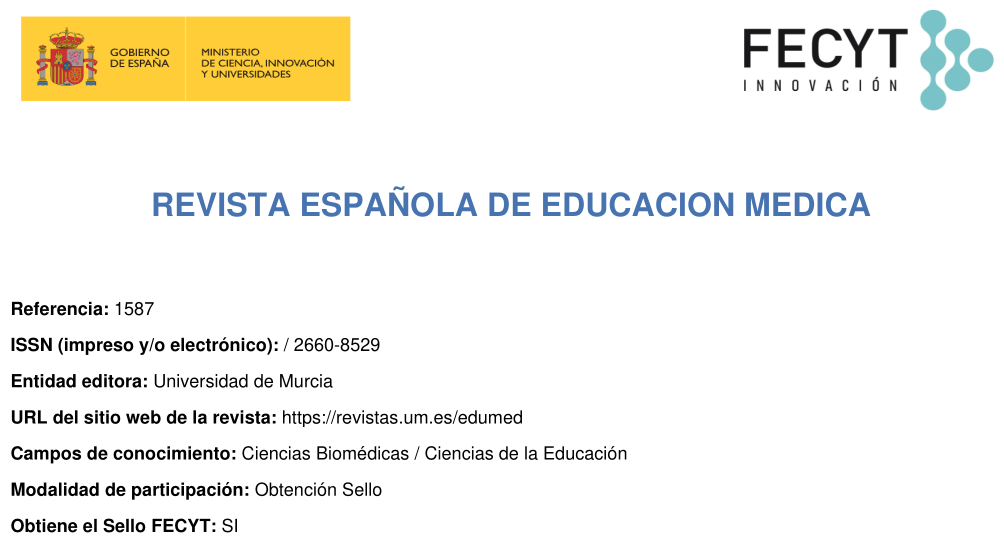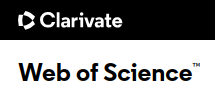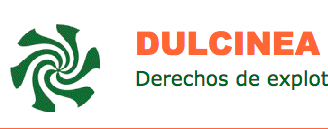An illustrative comic about the intracellular transit of viruses.
Abstract
The mechanism of how viruses cross intracellular structures is the model that exemplifies intracellular transit through the endomembrane system, the same that is used in the description of the different intracellular apparatus. The objective was to develop a didactic method that explains a mechanism of molecular biology, such as the comic strip in the transit and intracellular signaling of viruses. A comic-illustrative story was designed where a viral structure is personified by an undercover spy, the fundamental axis of the plot is obtaining the genetic information molecules at the nucleus level, for this it has to go through the various departments of the cell that represent the intracytoplasmic organelles with their functional characteristics, the sequence obeys the communication that the different organelles have from the cell membrane to the nucleus. The development of comics or comics can recreate events and phenomena studied in medical sciences such as biology, having the following results: increase interest, understanding, creativity, the need for knowledge and generation of new ideas in students. The comic is a useful didactic tool in teaching intracellular transit from the graphic narration of a viral model that is transported inside the cell.
Downloads
Metrics
-
Abstract584
-
pdf (Español (España))817
References
D. P. de Robertis, (2014), Biología Celular y Molecular, (Décimo sexta edición), Librería Editorial El Ateneo, Buenos Aires
Aon Miguel A., Cortassa Sonia. Function of metabolic and organelle networks in crowded and organized media. Frontiers in Physiology. 5 (2015), p523. DOI=10.3389/fphys.2014.00523
Schoelz, James & Harries, Phillip & Nelson, Richard. (2011). Intracellular Transport of Plant Viruses: Finding the Door out of the Cell. Molecular plant. 4. 813-31. 10.1093/mp/ssr070.
Harries PA, Schoelz JE, Nelson RS. Intracellular transport of viruses and their components: utilizing the cytoskeleton and membrane highways. Mol Plant Microbe Interact. 2010 Nov;23(11):1381-93. doi: 10.1094/MPMI-05-10-0121. PMID: 20653412.
Copyright (c) 2021 Servicio de Publicaciones de la Universidad de Murcia

This work is licensed under a Creative Commons Attribution-NonCommercial-NoDerivatives 4.0 International License.
The works published in this magazine are subject to the following terms:
1. The Publications Service of the University of Murcia (the publisher) preserves the economic rights (copyright) of the published works and favors and allows them to be reused under the use license indicated in point 2.
2. The works are published under a Creative Commons Attribution-NonCommercial-NoDerivative 4.0 license.
3. Self-archiving conditions. Authors are allowed and encouraged to disseminate electronically the pre-print versions (version before being evaluated and sent to the journal) and / or post-print (version evaluated and accepted for publication) of their works before publication , since it favors its circulation and earlier diffusion and with it a possible increase in its citation and reach among the academic community.


















